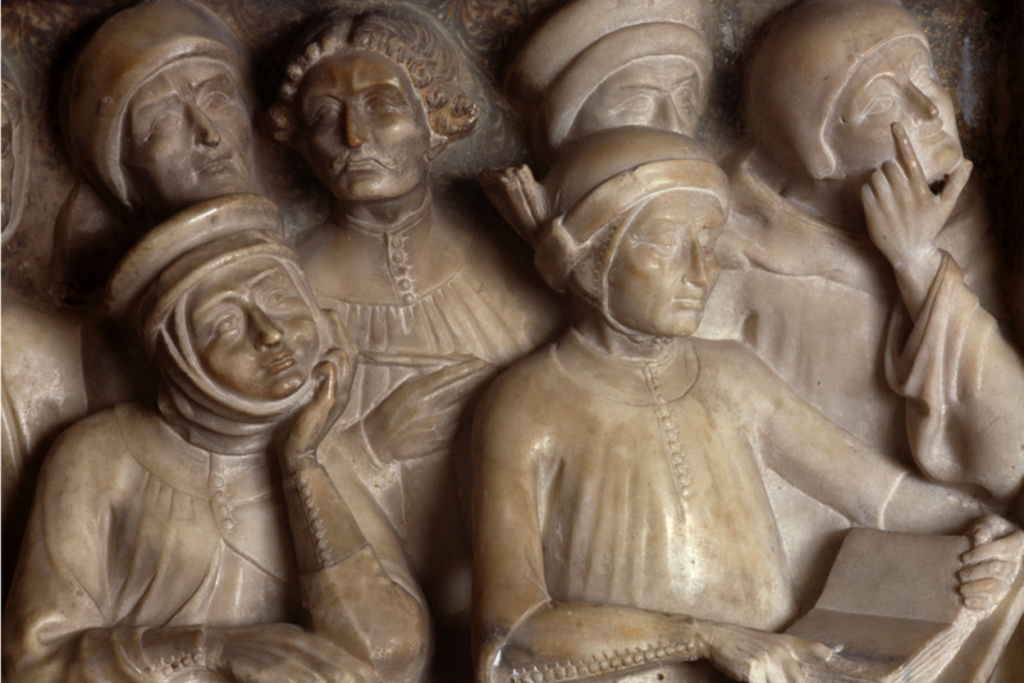MUCH’s setting
MUCH (action 101151215) is the short title of Clelia V. Crialesi‘s research project funded by the European Commission via the Marie Skłodowska-Curie Action. The project, which started in October 2024, is being carried out mainly at the CNRS lab SPHERE, in Paris. Its secondment will take place at Nijmegen University in 2025. Among the people involved in this project are Aurélien Robert (SPHERE) and Graziana Ciola (Nijmegen University), the former acting as host and the latter as reference person for the secondment.
MUCH’s contention

Stopping at your favorite coffee shop on your way to work, after securing your caffeine dose, you pose the seemingly innocuous question ‘How much is it?’ at the counter. At that moment, you are not merely tallying the cost your wallet will bear. Instead, you are also engaged in a philosophical undertaking that extends far beyond simple arithmetic. In asking the bill, what is it that you are asking to quantify? Here lies a deeper and layered set of questions, at the crossroad between mathematics and philosophy. What is the relation between determining the quantity of an object and assessing its quantified existence? Is there any precise link between the way we perform mathematical calculations and the way we conceive of a quantified item? Or, analogously in an algebraic setting, What is it that allows us to relate a variable of an equation to a concrete object? It is MUCH’s contention that the very conceptual possibility of asking such questions rests on the key philosophical notion of quantity, as shaped by the intersection of philosophical reflections and mathematical practices between the later Middle Ages and the Renaissance. Shedding light on the conceptual nuances of these problems must go through a conceptual genealogy and a careful historical and conceptual analysis. MUCH targets the questions above by focusing on the pure philosophical and historical outset of this pervasive issue: pre-modern European culture and the unprecedented intertwinement of three key conceptual features, i.e., quantum, abstraction, and unknown.
MUCH ado about… 14th-century Italy
14th-c. Italy makes the perfect and still unexplored case-study to disentangle this fundamental step in the development of European scientific thought. Why pre-modern Italy? During the 14th c., the Italian peninsula sees the rising of a distinctive educational landscape, which has a revolutionary impact on philosophical-mathematical matters. A unique intellectual atmosphere emerged from the coexistence of three kinds of institutions: the universities, the studia associated with mendicant orders, and the abacus schools (i.e., public and private schools of practical mathematics meant for lay-, businessmen). The entanglement and cross- pollination of ideas between learning institutions appears to be particularly fruitful for both mathematics and philosophy of that time, leading to new insights and perspectives in both fields.